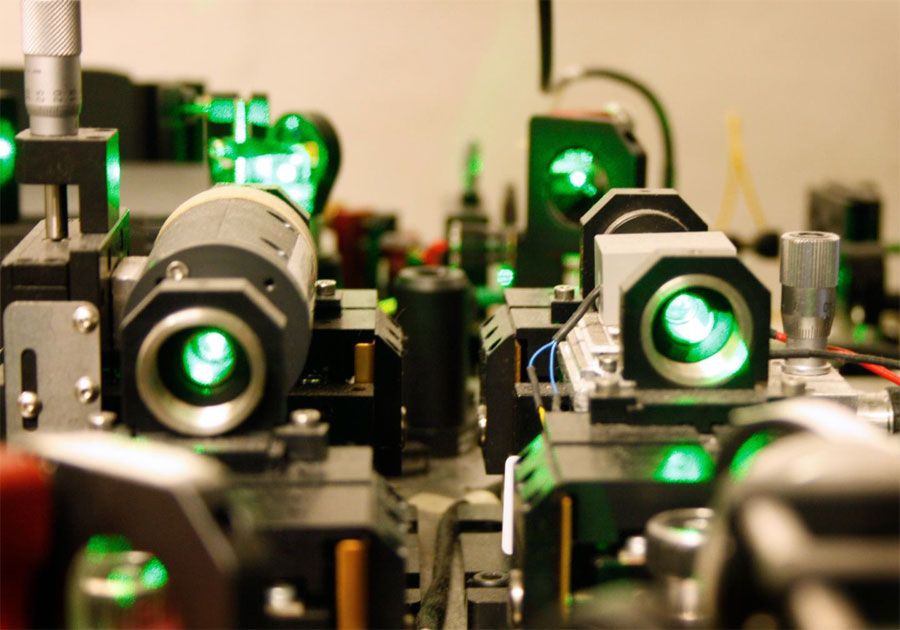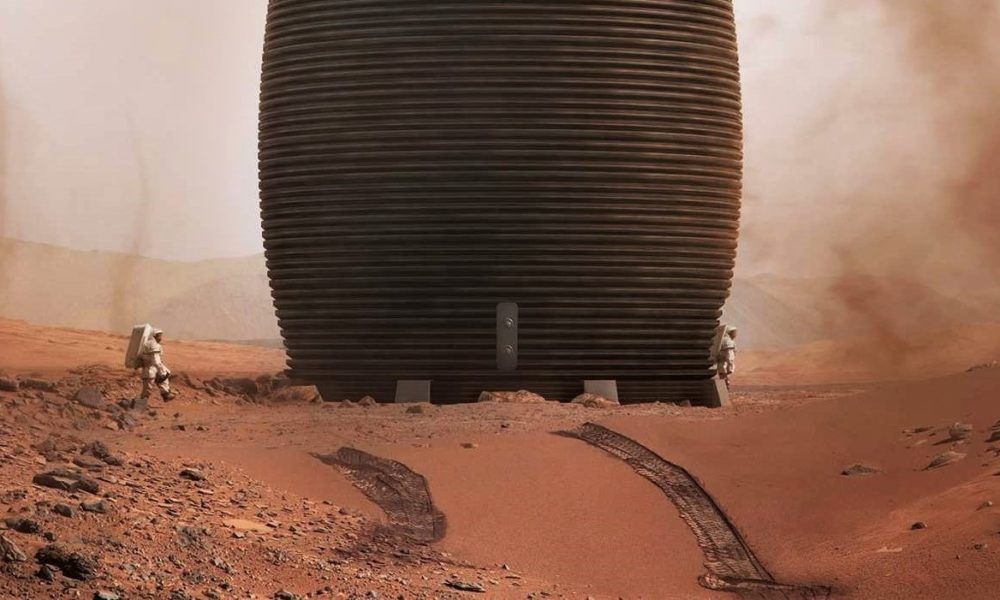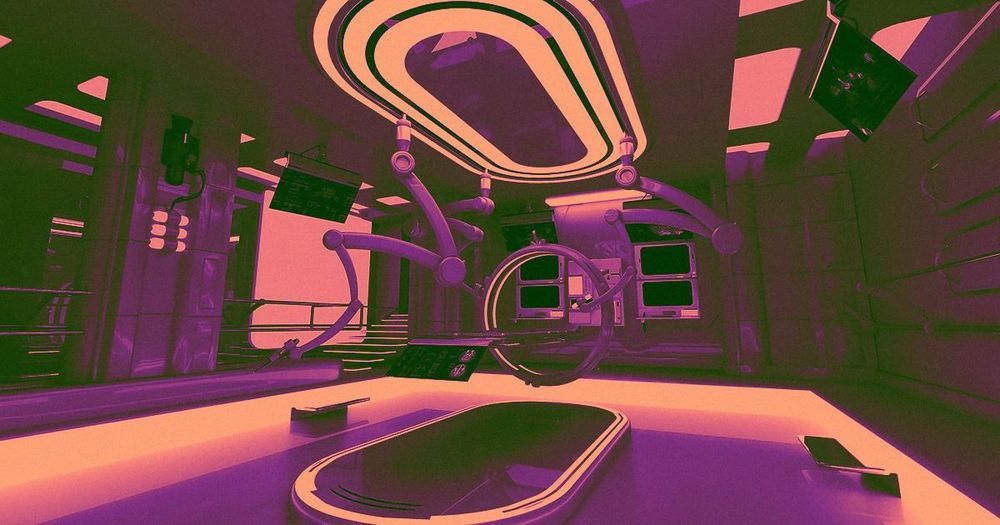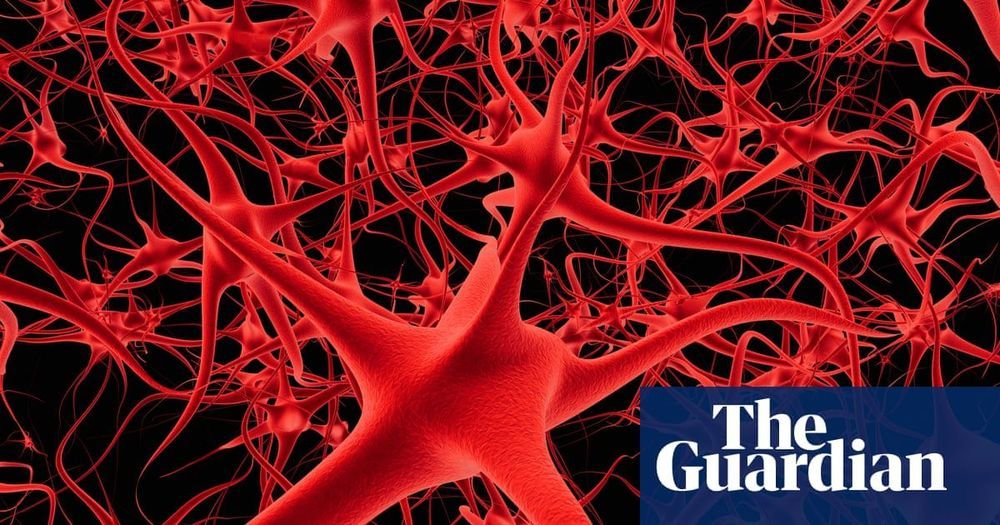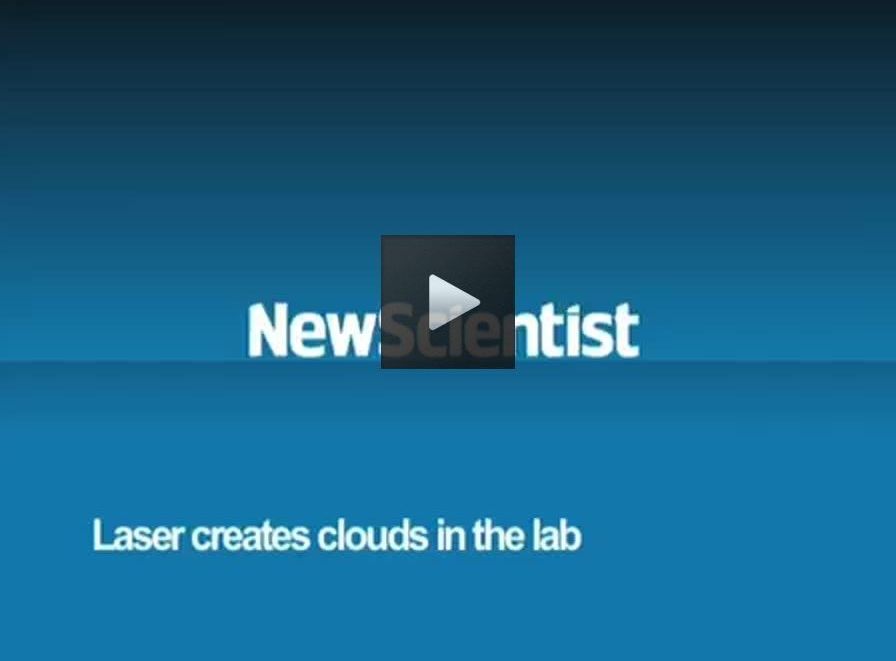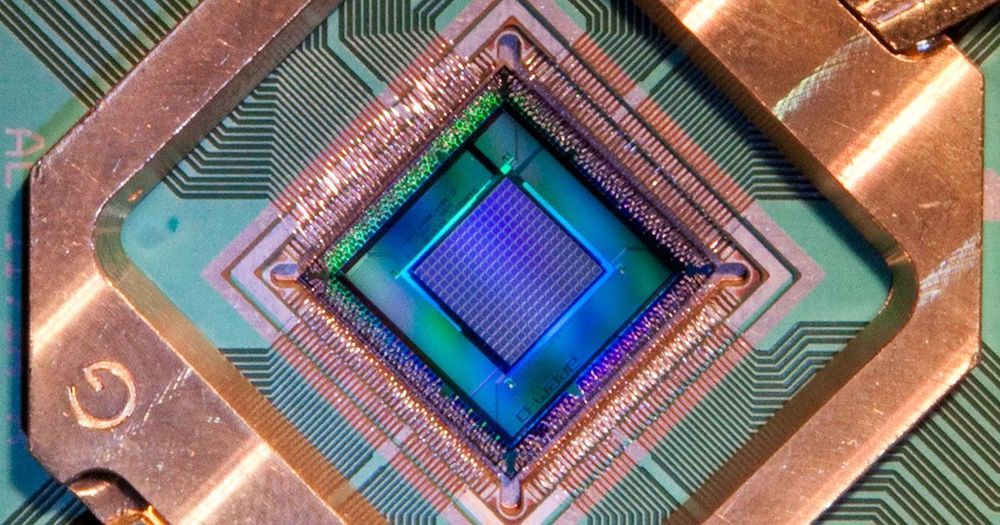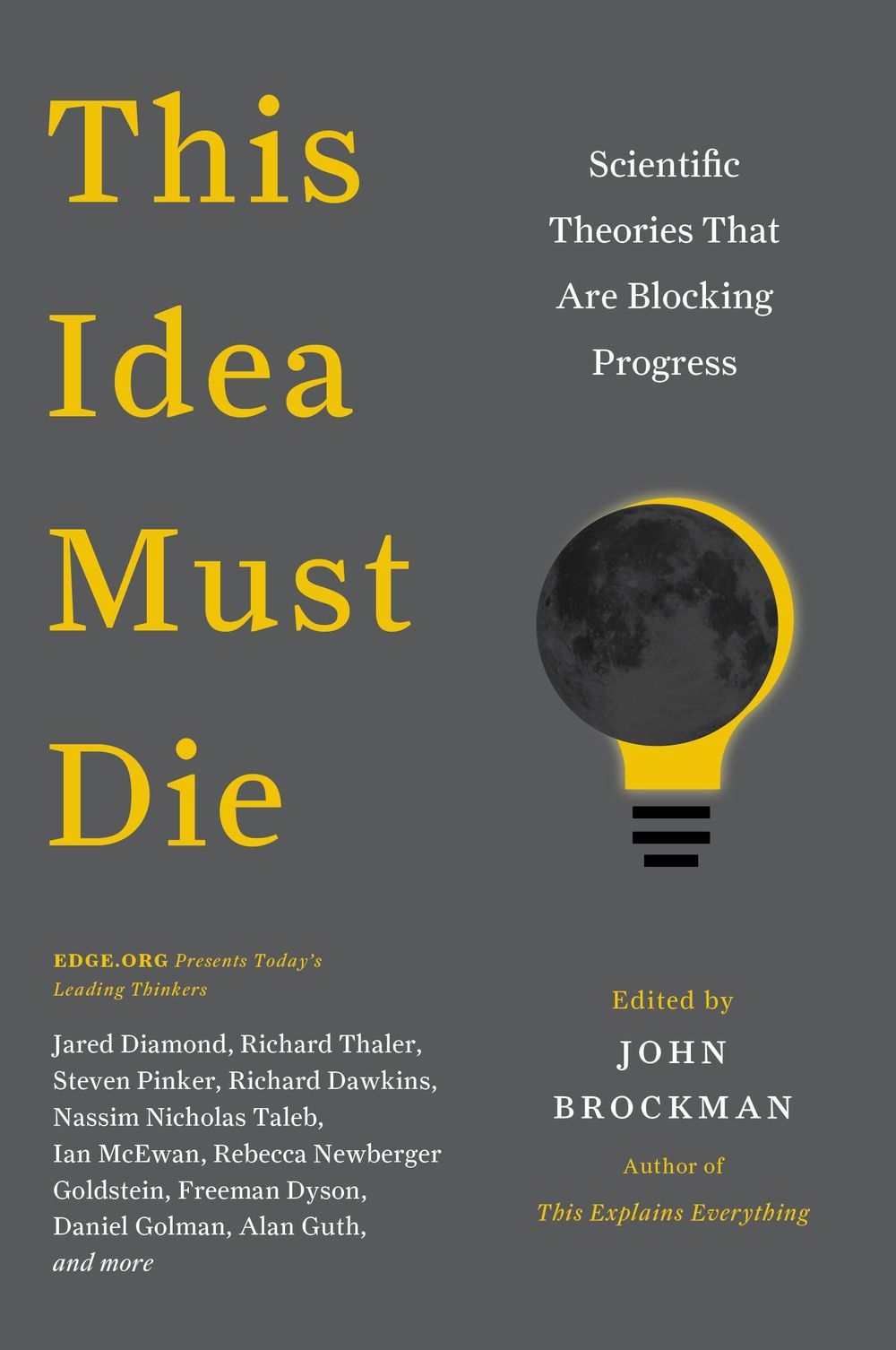Sounds wild, but it may well be so.
Circa 2018
The experimental mastery of complex quantum systems is required for future technologies like quantum computers and quantum encryption. Scientists from the University of Vienna and the Austrian Academy of Sciences have broken new ground. They sought to use more complex quantum systems than two-dimensionally entangled qubits and thus can increase the information capacity with the same number of particles. The developed methods and technologies could in the future enable the teleportation of complex quantum systems. The results of their work, “Experimental Greenberger-Horne-Zeilinger entanglement beyond qubits,” is published recently in the renowned journal Nature Photonics.
Similar to bits in conventional computers, qubits are the smallest unit of information in quantum systems. Big companies like Google and IBM are competing with research institutes around the world to produce an increasing number of entangled qubits and develop a functioning quantum computer. But a research group at the University of Vienna and the Austrian Academy of Sciences is pursuing a new path to increase the information capacity of complex quantum systems.
The idea behind it is simple: Instead of just increasing the number of particles involved, the complexity of each system is increased. “The special thing about our experiment is that for the first time, it entangles three photons beyond the conventional two-dimensional nature,” explains Manuel Erhard, first author of the study. For this purpose, the Viennese physicists used quantum systems with more than two possible states—in this particular case, the angular momentum of individual light particles. These individual photons now have a higher information capacity than qubits. However, the entanglement of these light particles turned out to be difficult on a conceptual level. The researchers overcame this challenge with a groundbreaking idea: a computer algorithm that autonomously searches for an experimental implementation.
Space architecture startup AI SpaceFactory achieved second place in the latest phase of a NASA-led competition, pitting several groups against each other in pursuit of designing a 3D-printed Mars habitat and physically demonstrating some of the technologies needed to build them.
With a focus on ease of scalable 3D-printing and inhabitants’ quality of life, as well as the use of modular imported goods like windows and airlocks, MARSHA lends itself impeccably well to SpaceX’s goal of developing a sustainable human presence on Mars as quickly, safely, and affordably as possible with the support of its Starship/Super Heavy launch vehicle.
An experimental drug that bolsters ailing brain cells has raised hopes of a treatment for memory loss, poor decision making and other mental impairments that often strike in old age.
The drug could be taken as a daily pill by over-55s if clinical trials, which are expected to start within two years, show that the medicine is safe and effective at preventing memory lapses.
Tests in the lab showed that old animals had far better memory skills half an hour after receiving the drug. After two months on the treatment, brain cells which had shrunk in the animals had grown back, scientists found.
Circa 2010
A laser has been used to generate small clouds on demand in lab, and real-world experiments suggest this could be a way to call down rain when it’s needed.
People have experimented with cloud seeding for decades in the hope of boosting rainfall, usually by sprinkling silver iodide crystals into clouds high in the atmosphere.
These crystals encourage large water droplets to form around them, and the droplets then fall as rain – in theory, at least. “The efficiency of this technique is controversial,” says Jérôme Kasparian at the University of Geneva, Switzerland, one member of a research team that think lasers may be a better way to trigger rain on demand.
The transition from PCs to QCs will not merely continue the doubling of computing power, in accord with Moore’s Law. It will induce a paradigm shift, both in the power of computing (at least for certain problems) and in the conceptual frameworks we use to understand computation, intelligence, neuroscience, social interactions, and sensory perception.
Today’s PCs depend, of course, on quantum mechanics for their proper operation. But their computations do not exploit two computational resources unique to quantum theory: superposition and entanglement. To call them computational resources is already a major conceptual shift. Until recently, superposition and entanglement have been regarded primarily as mathematically well-defined by psychologically incomprehensible oddities of the quantum world—fodder for interminable and apparently unfruitful philosophical debate. But they turn out to be more than idle curiosities. They are bona fide computational resources that can solve certain problems that are intractable with classical computers. The best known example is Peter Shor’s quantum algorithm which can, in principle, break encryptions that are impenetrable to classical algorithms.
The issue is the “in principle” part. Quantum theory is well established and quantum computation, although a relatively young discipline, has an impressive array of algorithms that can in principle run circles around classical algorithms on several important problems. But what about in practice? Not yet, and not by a long shot. There are formidable materials-science problems that must be solved—such as instantiating quantum bits (qubits) and quantum gates, and avoiding an unwanted noise called decoherence—before the promise of quantum computation can be fulfilled by tangible quantum computers. Many experts bet the problems can’t adequately be solved. I think this bet is premature. We will have laptop QCs, and they will transform our world.


